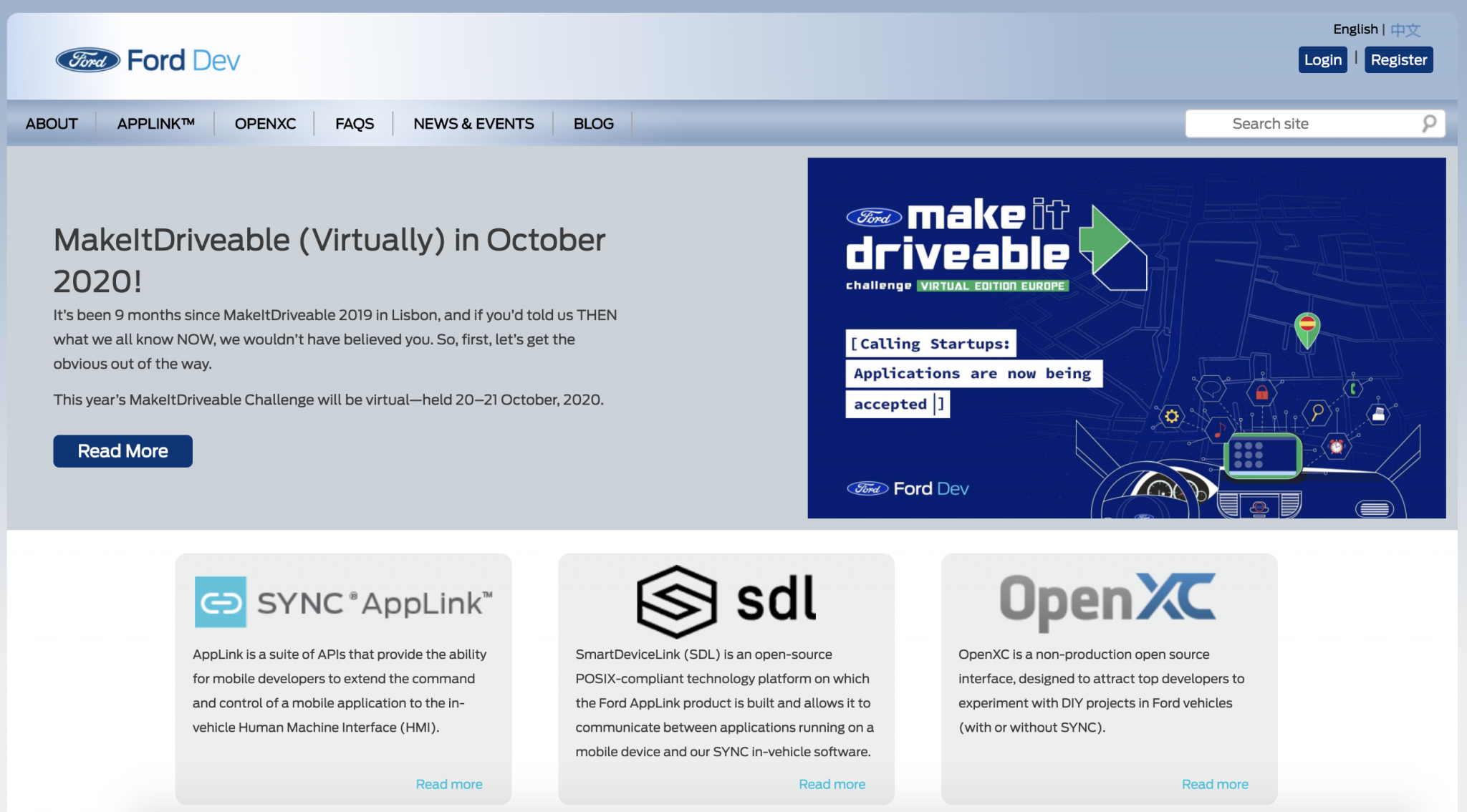Are apps and integration portals also developer portals? APIs are a game changer if you have access to developers. But what if you don’t? How can you build on the information infrastructure of your partners or your colleagues if you don’t know how to code?
As APIs and developer portals mature, we need different types of devportals (for example, platform API portals, niche API portals, plugin portals, etc) to enable a wider range of users to achieve technical outcomes.
In this article we illustrate how developer portals are evolving to grant access to a broader range of specialized knowledge and tools.
Backstory
When we started researching developer portals, larger corporations would talk about one or more of 3 devportal archetypes, when they were entering the API space: customer, partner, & internal. Each of these devportal types would meet the needs of all of the stakeholders. We brought these 3 together with the much less common industry developer portals (e.g. for an inter-organizational developer portal) to talk about the types of developer portals.
The limitation of this segmentation is however that all four are typically implemented as flat API marketplaces primarily focussed on discoverability and findability. As basic needs were met where everybody received the same experience and ability to pitch their APIs or application products, the types of developer portals needed to evolve. While these four types still hold true today, they have limitations in their ability to align with the business needs of different audience subsets. Companies started to chart different types of journeys that required changes to the constraints within their developer portal. These new user journeys fulfill a new and more specific function.

6 Types of developer portals
- Developer Portal API Marketplaces
- Developer Portal Ecosystems
- Platform Developer Portals
- Market Edge Portals
- Developer Portal Procurement Platforms
- Apps and Integrations Portals
Developer Portal API Marketplace
The most sought after developer portal type by enterprise is the API marketplace. An API marketplace is a developer portal with a focus on the discoverability and findability of products and solutions with potential monetization options. These developer portals provide an easy means for developers to find and connect to APIs. All APIs are listed in a search interface to maximize discoverability and findability.


Developer Portal Ecosystem
Developer Portal Ecosystems bring people together from across different organizations or business units to collaborate over a number of APIs. These developer portals emphasize self organization, adaptation, and resilience. These portals do not constrain what happens in the site but give a place for the APIs to live and for people to interact with each other while forming a community around them for self-service digital connections. For example Apigee’s community/docs site.
Platform Developer Portal
Platform developer portals help companies to encourage reuse of platform affordances to reduce the need for new features or assets and reduce the level of difficulty to get to done. Great examples are aggregator APIs that hide the complexity of numerous backends behind a well designed API interface (e.g. accepting payments from a global range of payment systems, or sending SMSs globally) to allow developers to integrate faster. For example: Nexmo/Vonage and Stripe.
Market Edge Portals
Market edge portals help companies to commercialize a set of API products to a specific market niche addressing the local market needs in different countries or around certain regulations. For example the user experience or documentation available to users located in Asia may vary from that of a user based in Europe (where GDPR is in effect), or in turn, North America.
Procurement Portals
Procurement portals collect APIs from an enterprise’s vendors to enable a tighter integration between procurement and day to day operations of a business. This may be to automate procurement and have vendors connect with you.
Apps and Integration Portals
Apps and integration portals are not API portals - and to some extent you could even argue that they are not developer portals - because they do not require a software developer or the manipulation of code to be used. By extending the number of integrations and interfaces beyond the default UI that a company has as standard, they enable non-technical people to change their user experience and to create integration chains that solve common business problems.
To some extent they may overlap with a company’s product showcase website. These sites are not directed at the software developer for manipulation of code but extended to enable non-technical people to change their user experience and to create integration chains that solve common business problems. These portals focus on what your audience needs to accomplish. companies are experimenting with new low-code/no-code solutions that put the power of the information infrastructure into the hands of a wider audience. A mature example of low/no-code is Zapier where through a series of clicks you can put together an integration even if you are not a developer.
Integration Platforms as a Service
A similar movement is underway inside enterprise companies with integration platforms as a service. Low/no-code is not new, similar objectives have been tried in different incarnations, but it feels like this has again become a hot topic as demand for developers is growing faster than new developers are entering the market. Gartner even has a “Magic Quadrant for Enterprise Low-Code Application Platforms”.
It is in this context that we got really excited by the initiative of KBC, a Belgian bank, that has a page for “Business Solutions” on their developer portal on which they incorporate a QR-code builder. Their aim is to promote different types of business solutions that allow you to do whatever you need to do. For site administrators/builders, who are not coders, the availability of a copy-paste widget for use by a website becomes an easy solution. A non-developer shopkeeper benefits from increased sales due to the availability of a printable QR-code to assist a customer to obtain a KBC loan from inside a bike shop. Options for connecting people to your business become limited by only imagination and execution!


The Future
What will the future be like? Will the low-code/no-code world be more centralized with tools like Zapier that are going to be the place to go to if you want to do an integration? Will API providers need to make sure they are listed on these integration/apps lists. Or will this be a de-centralized experience like the Build with Studio site from Twilio.


This topic has been a recurring theme at the API Resilience podcast, a podcast run by Kristof Van Tomme (Pronovix CEO) and Mark Winberry (senior director of US operations @Pronovix) if you want to hear different perspective on the future of APIs make sure to check it out.
In an upcoming episode Kin Lane will talk about something similar, that one of Postman’s customers is using Postman collections to extract and analyze data out of API to be able to build financial reports.

Lorna Jane Mitchell talked about Node RED in her API Resilience Podcast interview, about how Vonage created Node RED as a low-code/no-code tool.


Adam Duvander, who used to work at Zapier, had an insightful perspective in our episode ‘The secret sauce of developer marketing’. Zdenek Nemec of Superface.ai talks about how developers could become obsolete for the most common types of integration work.
We do not know yet which direction this will take. It sometimes feels uncomfortable giving permission to integration platforms that need access to important data to be able to work. But it will also be difficult for every API provider to have their own low-code experience. Where are we going to land between these two extremes?
This article was written using material presented in Democratizing DevPortals presentation by Kristof Van Tomme (DevRelCon Earth 2020, APIDays Singapore).
Related Reading
If we peaked your interest and you would like to read more about the types of devportal stakeholders, digital transformation, or internal developer portals, here are some helpful links.

The 8 Stakeholders of Developer Portals Different stakeholders interact with a developer portal throughout an API’s lifecycle.

Developer portals & digital transformation: APIs in the complex adaptive enterprise This article dives into (1) systems thinking, (2) complex adaptive systems, (3) the role of APIs in digital transformation, and (4) the role of devportals in digital transformation.

Developer engagement behind the firewall In this talk Kristof explains the differences between public and private APIs, introduce upstream developer experience, and explain how it can improve downstream DX. Introduce experience design (a.k.a. gamification) and Innersourcing (open sourcing practices behind the firewall) and describe how they could be used on internal developer portals.


